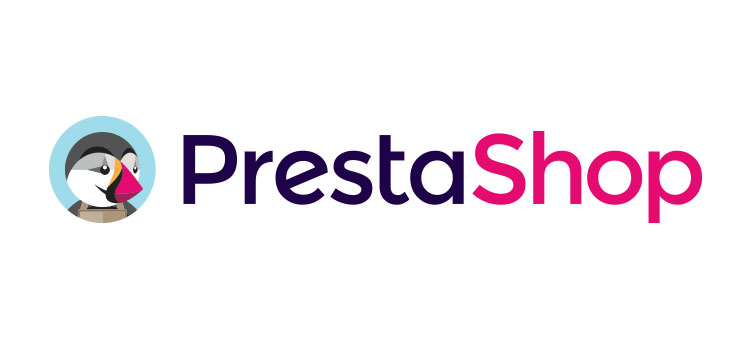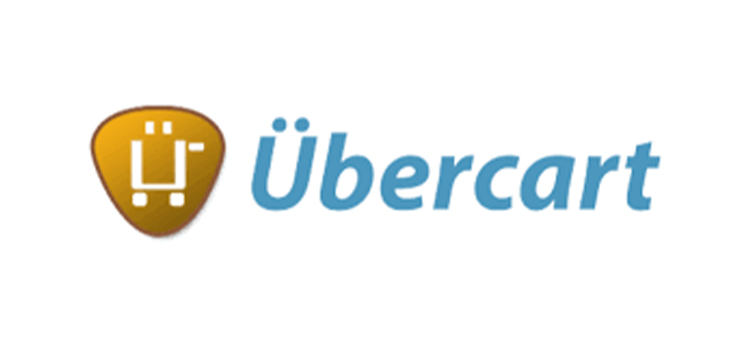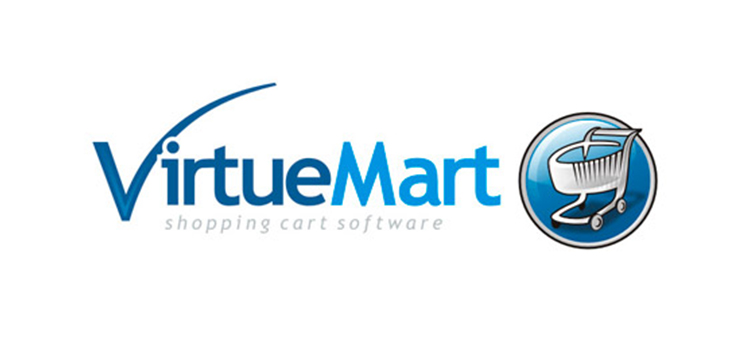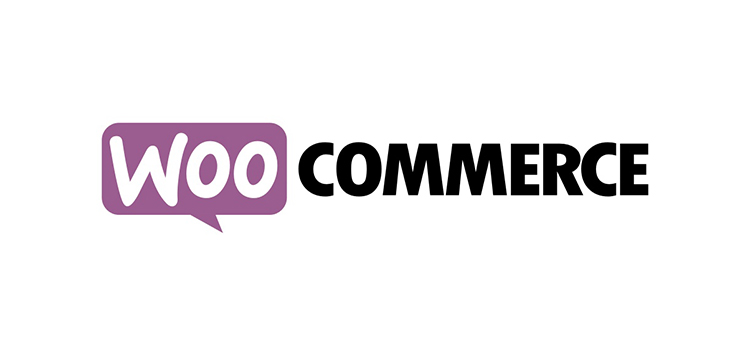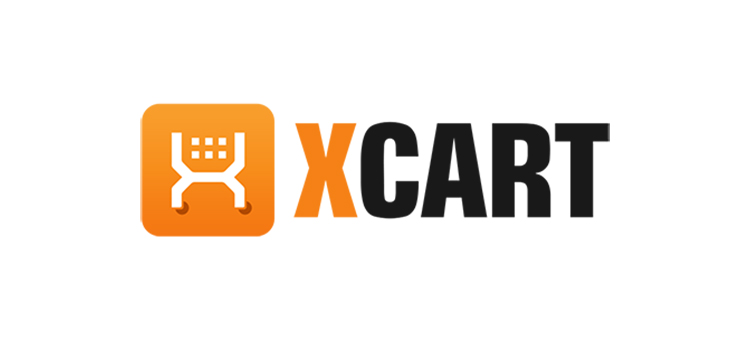Online Payments
An Ecommerce/Online payment gateway works much like credit card terminals do at brick-and-mortar businesses. An online credit card transaction begins when a customer submits an order through either a secure hosted payment form or through an integrated shopping cart. The customer’s credit card information is encrypted, and the payment makes its way to the payment gateway, which forwards the information to the merchant bank’s processor. Next the payment is processed through the credit card network and authorized by the customer’s credit card issuing bank.
Let us help you create the best payment experience for your online customers. All you have to do is choose which ecommerce solution meets the needs of your business.
- Hosted Checkout: prebuilt integration with your preferred ecommerce site builder
- Developer API: full access to our suite of payment options via API for a custom fit.
Gateway clients benefit from:
Virtual Terminal
A Virtual credit card terminal is another method of accepting credits. A virtual terminal turns your computer into a credit card terminal—it allows you to manually process payments right from a web browser. It’s great for remote billing or taking credit cards over the phone.
Advantages of Payment Gateways and Virtual Terminals
The primary difference between a virtual terminal and a payment gateway is that a payment gateway is typically used for e-commerce transactions, which means there’s a customer-facing interface. Virtual terminals are typically used by merchants only. However, some businesses use both means of accepting credit cards.
Each solution offers its own advantages. A secure payment gateway allows merchants to accept credit cards, debit cards and ACH payments online. It also enables recurring billing, accounting software integration and more. A virtual terminal simplifies the payment process for mail order and telephone order sales, as well as off-site sales events.

Why are Virtual Terminal payments priced differently?
Manually entered, keyed-in card transactions are a potentially higher risk than swiped transactions because the cardholder isn’t standing in front of the seller where an ID and signature can be checked. Therefore, credit card networks put measures in place to protect against this potentially higher risk of fraud, including charging Square higher fees.
Payments Gateway
A payment gateway is an e-commerce application that authorizes payments for e-businesses, online retailers, bricks and clicks, or traditional brick and mortar businesses. It is the virtual equivalent of a physical point of sale terminal located in most retail outlets.
A payment gateway facilitates the transfer of information between a payment portal (such as a website, mobile phone) and the Front End Processor or acquiring bank.






